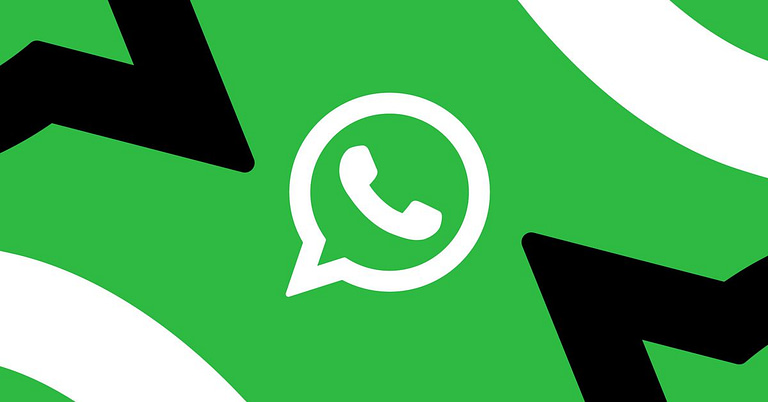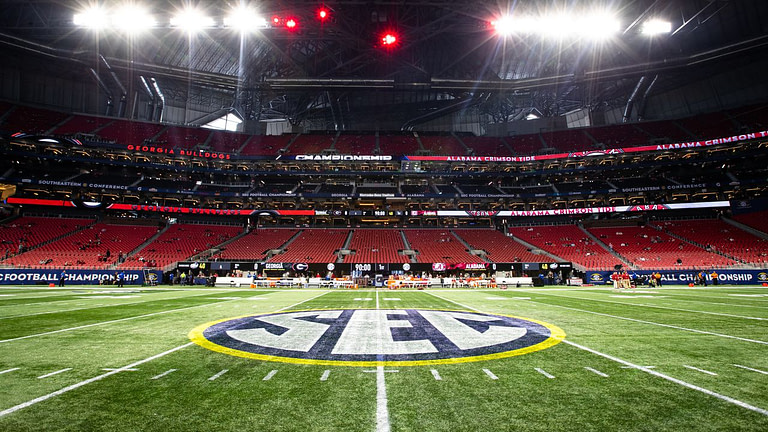The United States Copyright Office recently released a statement that Artificial Intelligence (AI) generated artwork and content is not legally protected under copyright law. This ruling has been met with mixed reactions from the public, as many people are unsure of what this means for the future of AI-generated art.
In its statement, the US Copyright Office said that “copyright protection may only be available for certain elements incorporated into an AI-generated work where those elements are sufficiently original”. The office also noted that it would consider each case on an individual basis to determine whether or not copyright protection applies.
This decision has sparked debate among artists and legal experts alike, as some argue that AI-generated works should be given the same protections as any other type of creative work. Others have argued against granting such protections, citing concerns about how these works could potentially infringe upon existing copyrights held by human creators.
At present, there is no clear consensus on how best to protect AI-generated artwork and content from infringement or misuse. However, one thing is certain: this issue will become increasingly important in the years ahead as more companies begin to use artificial intelligence in their creative processes.
As technology continues to evolve at a rapid pace, so too must our laws surrounding intellectual property rights and copyright law keep up with these changes in order to ensure fairness for all parties involved—both human creators and machine ones alike. It’s essential that we find ways to protect both types of creativity while still allowing innovation within our society without fear of infringing upon someone else’s rights or ideas.
One way forward might be through developing new forms of licensing agreements specifically tailored towards protecting AI-generated works from unauthorized use or reproduction by third parties without permission from either the creator or owner(s). Such licenses could provide clarity regarding who owns what rights over a particular piece of work created using artificial intelligence technologies—and thus help prevent potential disputes between humans and machines down the line when it comes time for compensation or royalties due after commercialization occurs later on down the road.. Additionally, they could also help set out rules governing acceptable uses for such creations which would further reduce confusion around ownership issues related to them going forward into future generations..
Another possible solution might involve creating special categories within existing copyright laws which explicitly recognize different levels of authorship depending on whether a work was created solely by humans versus those involving contributions from both humans and machines together.. This approach would allow us to better differentiate between traditional artistic expressions made entirely by hand versus those incorporating computer algorithms alongside human input during creation process; thereby providing greater clarity when determining appropriate levels of compensation owed based off degree involvement each party had respective project overall..
Ultimately though whatever path we choose take moving forward need ensure everyone involved treated fairly regardless if they’re person machine… As technology advances ever further into unknown territory so too must our understanding adapt accordingly order maintain balance justice across board… Only then can truly innovative solutions come fruition without fear repercussions looming overhead every step way….
The Hill






